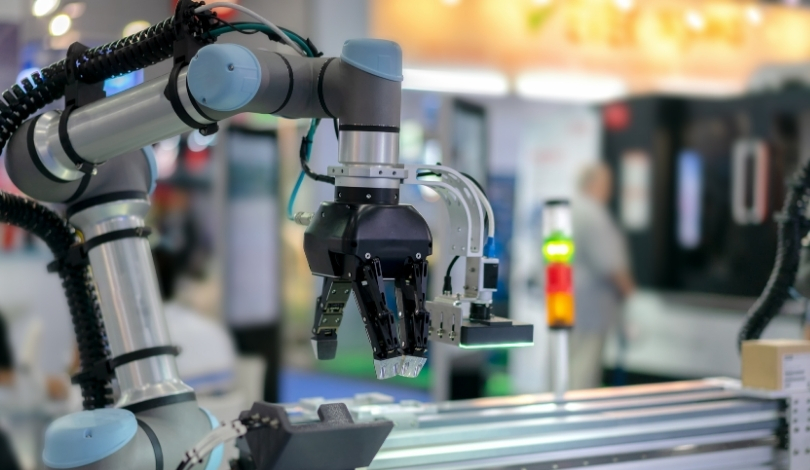A recent publication in Advanced Intelligent Systems, titled “Multiple Sampling Capsule Robot for Studying Gut Microbiome,” introduces a groundbreaking development in the field of gastrointestinal diagnostics. The article discusses the creation of a multiple sampling capsule robot (MSCR) designed for longitudinal gut microbiome analysis. Utilizing electromagnetic field control, the MSCR can actively navigate within the GI tract, accurately align its sampling channel, and gather up to six microbiome samples with minimal cross-contamination. This innovation marks a significant advancement over traditional passive sampling devices that often fail to provide multipoint sampling and rely heavily on physiological factors for movement.
Longitudinal analysis of the gut microbiota is crucial for understanding its relationship with gastrointestinal (GI) diseases and advancing diagnostics and treatments. Most ingestible sampling devices move passively within the GI tract, rely on physiological factors, and fail at multipoint sampling. This study proposes a multiple-sampling capsule robot capable of collecting gut microbiota from various locations within the GI tract with minimal cross-contamination.
Technological Specifications
The proposed capsule comprises a body, a driving unit, six sampling tools, a central rod, and two heads. Electromagnetic field control facilitates control of the orientation and position of the capsule, particularly to align the channel of the capsule where the sample is collected facing downward. The capsule can collect six gut microbiota samples preventing contamination before and after sampling. The active locomotion and multiple sampling performance of the capsule are evaluated through basic performance tests (propulsion direction precision: 0.76 ± 0.52°, channel alignment precision: 0.84 ± 0.55°), phantom tests (average amount per sample: 10.3 ± 2.4 mg, cross-contamination: 0.6 ± 0.4%), and ex-vivo tests (average amount per sample: 9.9 ± 1.7 mg).
Clinical Applicability
The possibility of integration and clinical application of the capsule is confirmed through preclinical tests using a porcine model. These preclinical trials demonstrate the capsule’s potential in real-world medical scenarios, paving the way for its future use in human diagnostics. The MSCR’s ability to collect multiple samples with high precision and low contamination rates offers a significant improvement in the study of gut microbiota, which is essential for diagnosing and treating GI diseases.
Previous reports on ingestible devices for gut sampling primarily focused on passive movement through the GI tract. These devices were limited by their dependency on natural bodily movements and often resulted in cross-contamination of samples. The MSCR, with its active locomotion and precise sampling capabilities, represents a technological leap forward, addressing these critical limitations. Additionally, while earlier devices could not offer multipoint sampling, the MSCR’s ability to gather samples from six different locations provides more comprehensive data for gut microbiome analysis.
In contrast to earlier technologies, the use of electromagnetic fields to control the MSCR’s movement and alignment ensures higher precision in sample collection. This innovation not only minimizes contamination but also enhances the accuracy of the data collected. The MSCR’s successful application in porcine models further validates its potential for clinical use in humans, promising more reliable diagnostic tools for GI health.
As the study of microbiomes becomes increasingly significant in medical research and treatment, the MSCR stands out as a pivotal development. By enabling precise, multipoint sampling of the gut microbiota, this capsule robot can contribute to more accurate diagnostics and effective therapies for GI diseases. The integration of such advanced technology in clinical settings holds promise for better patient outcomes and deeper understanding of the gut’s role in overall health.










